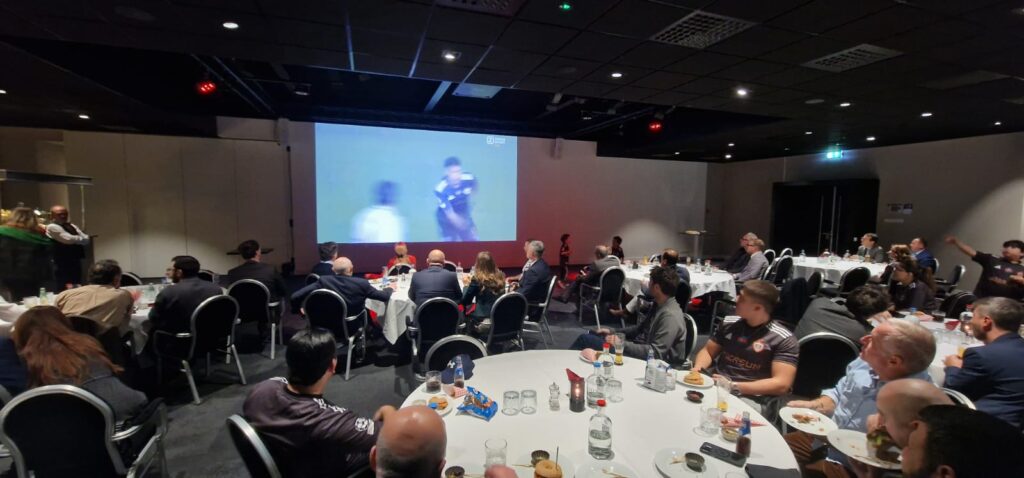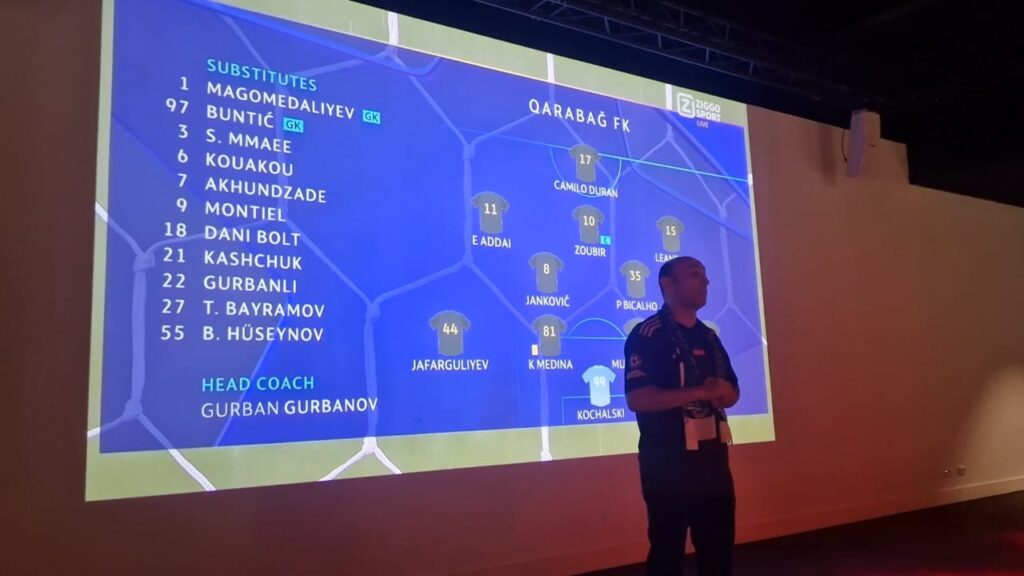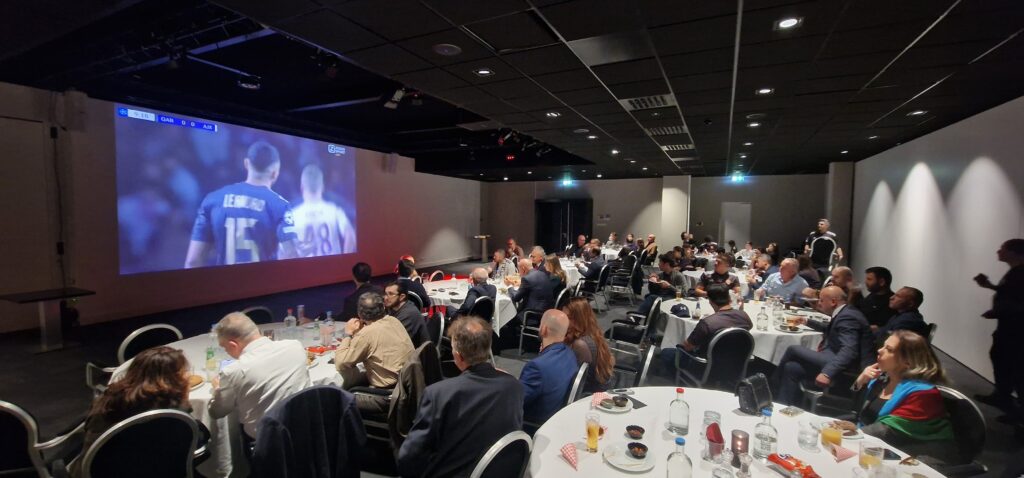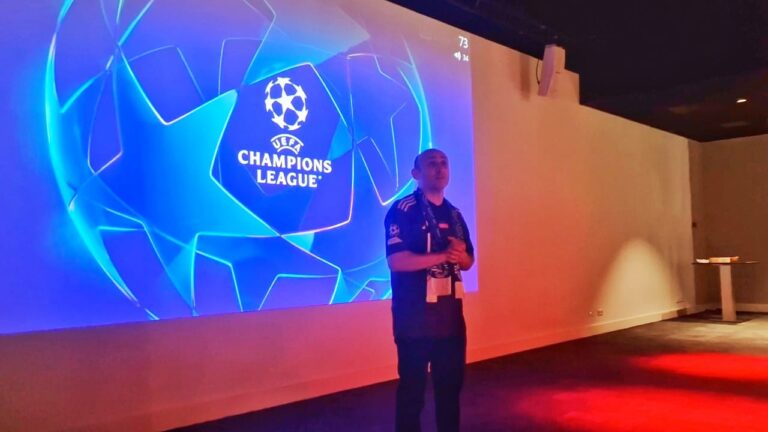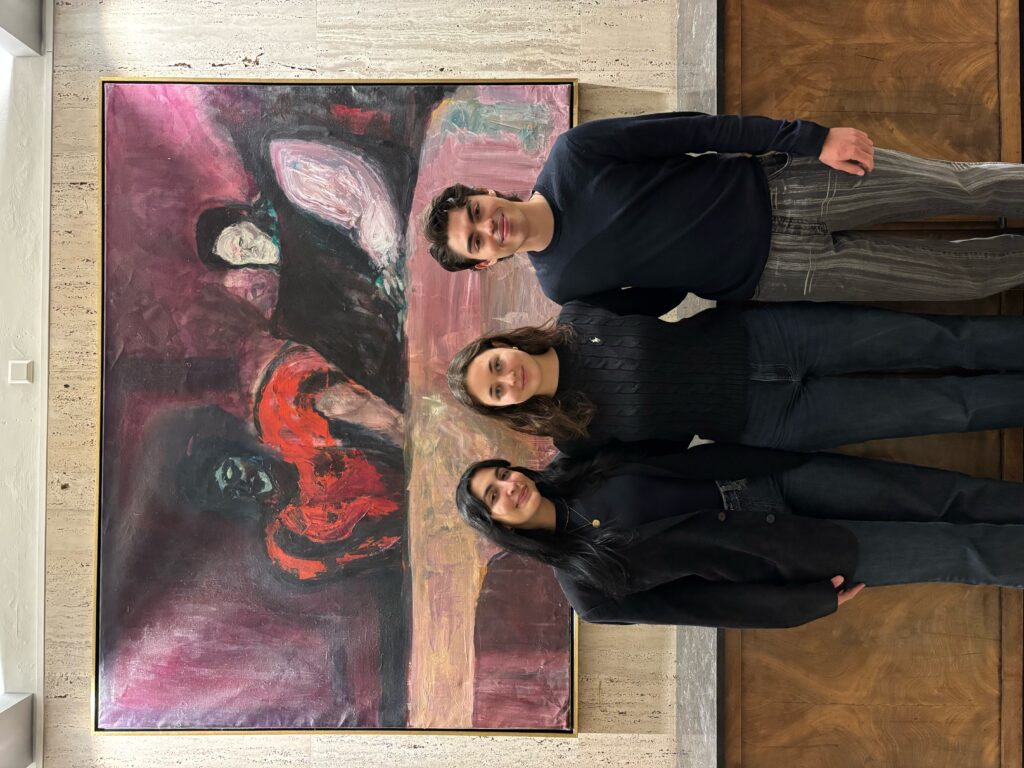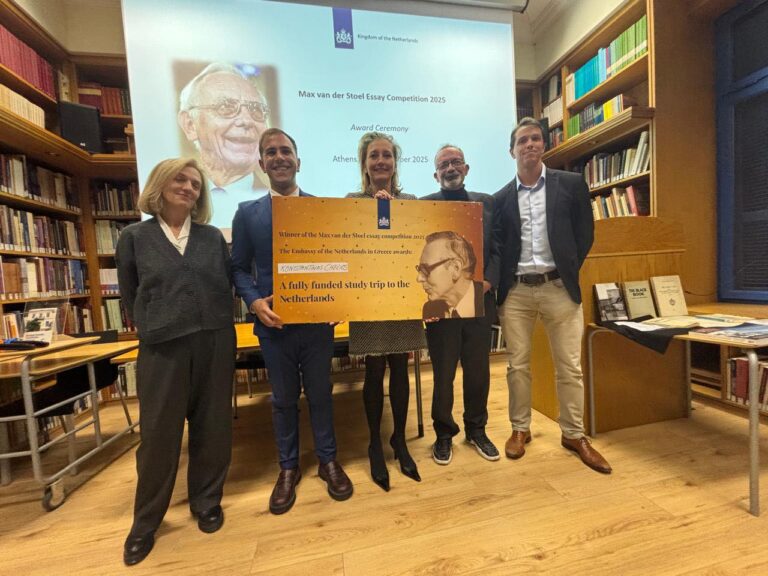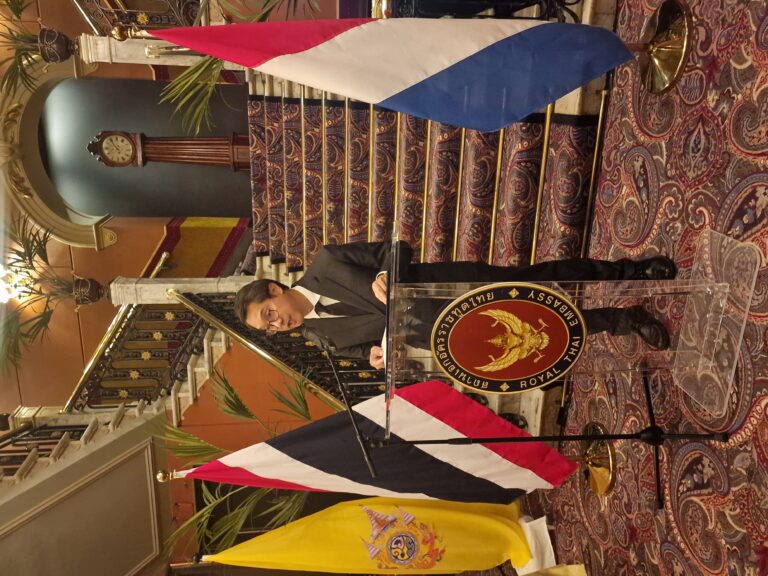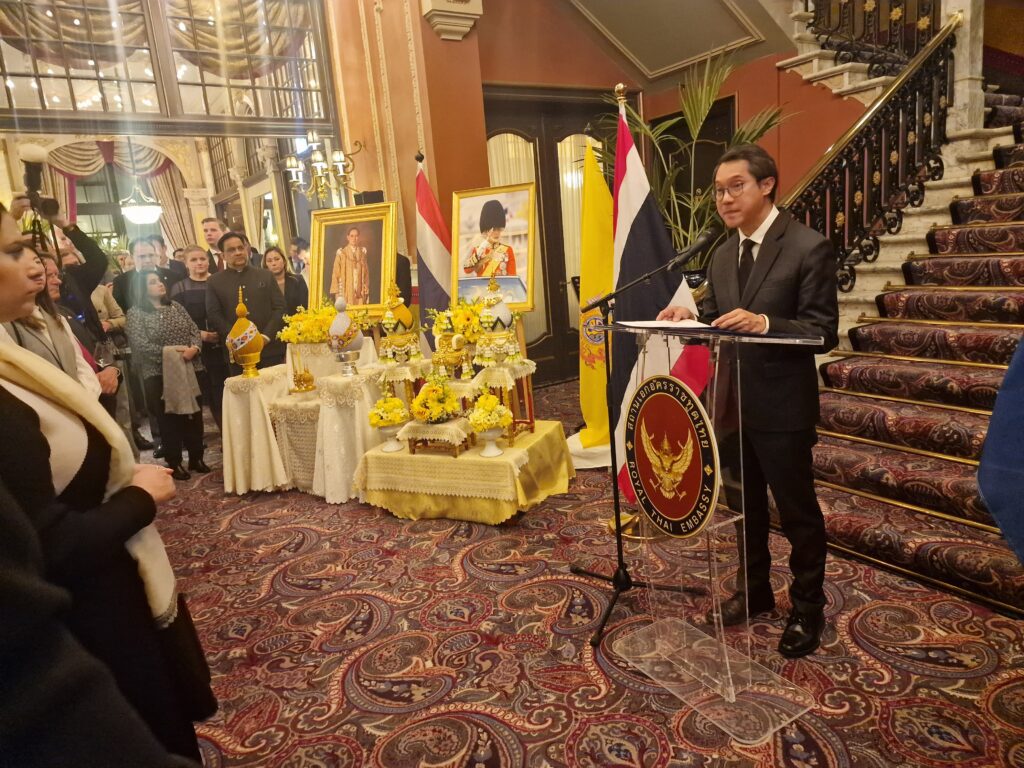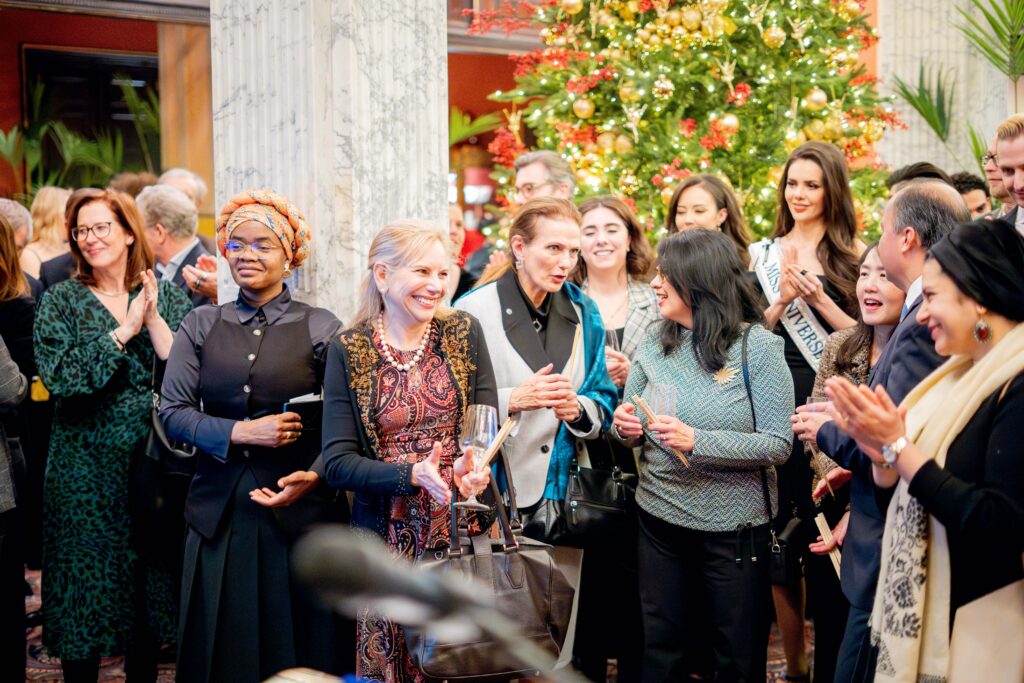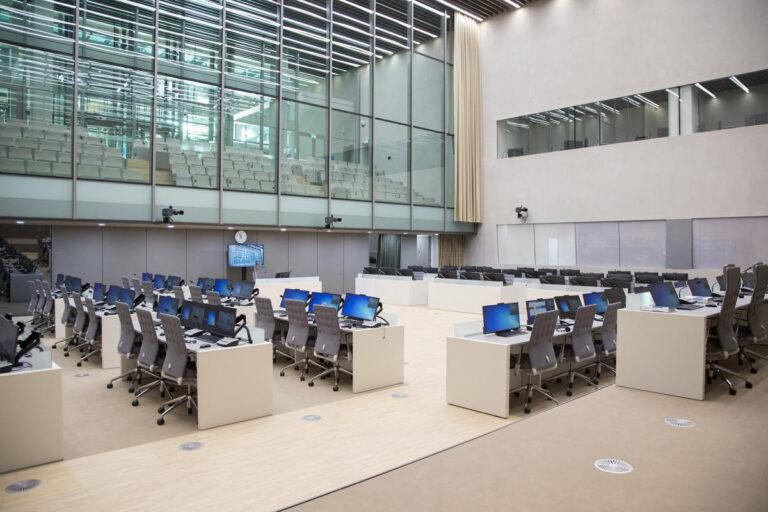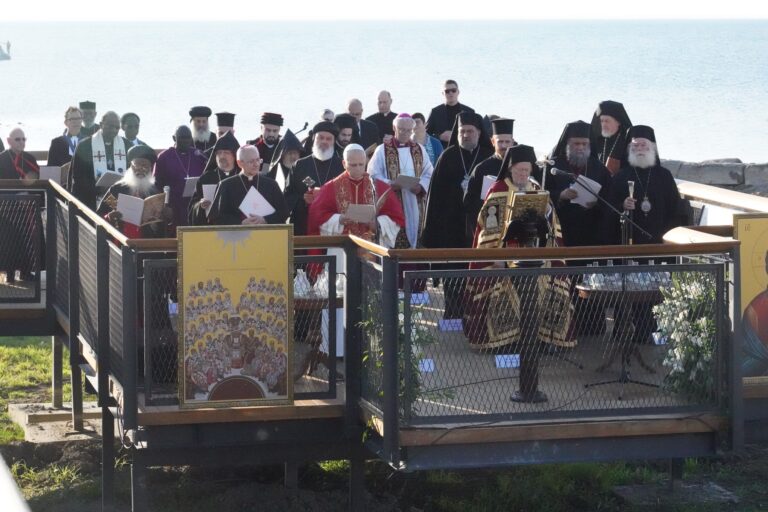“Between the noise of narratives and the silence of facts, realpolitik remains the sober voice of reality.”
By Major General (Two Stars) (retd) Corneliu Pivariu
In an era dominated by instantaneous information flows, subtle manipulation of perceptions, and the confrontation of strategic narratives, truth itself seems to have become a negotiable variable. Terms such as post-truth and narrative shaping have described, over the past decade, a world in which emotion, media impact, and perception control have replaced rational analysis and factual rigor.
However, geopolitical reality has begun to impose its own rules once again. Under the pressure of simultaneous crises — wars, alliance reshaping, economic shocks, and technological confrontations — states are gradually returning to a language they appeared to have abandoned: the language of realpolitik.
From “Post-Truth” to Narrative Fatigue
The post-truth phenomenon[1] did not emerge by accident. It was the expression of an era in which global communication tools enabled the construction of alternative realities. Political actors discovered that what actually happens is less important than how events are perceived.
Thus, discourse became an instrument of domination, and emotional manipulation — a substitute for logical argument.
After 2016, when Oxford Dictionaries designated post-truth as the word of the year, the phenomenon globalized: from domestic electoral campaigns to the justification of invasions, factual truth was replaced by emotional truth.
Yet as the consequences accumulated — wars justified through false narratives, erosion of public trust, and an inflation of contradictory information — the global public began to develop a form of cognitive fatigue. This reduced the effectiveness of propaganda and forced power actors to return to the classic parameters of reality.
“Narrative Shaping” — Between Power and Illusion
In the logic of major actors, narrative shaping[2] (the strategic crafting of narratives) was the next step after post-truth. It was no longer merely about lying, but about defining the mental framework through which the public perceives the world.
Narrative became a strategic weapon: whoever defined the framework controlled the interpretation of events. The United States, Russia, China, as well as regional players such as Iran, Turkey, and Israel, invested enormous resources in this global “cognitive engineering”.
However, narrative shaping has a limit: it can only alter the power structure temporarily. Faced with geopolitical realities — borders, resources, armies, alliances — any narrative eventually collides with the concrete truth of material reality.
When narrative meets reality, only the power capable of turning perception into action maintains legitimacy. That is where realpolitik begins again.
The Return to “Realpolitik”
After the euphoric era of globalization and the confusing era of post-truth, the world is settling back into a much older paradigm: that of realpolitik[3].
Initially formulated in the 19th century by Ludwig von Rochau and refined by Bismarck, realpolitik rests on a simple but uncomfortable idea: in international relations, ideals matter less than the balance of power.
Today, this principle is returning forcefully. China builds its rise on economic power and control of strategic infrastructure, not on ideological narratives. The United States is rediscovering balance through flexible alliances, selective sanctions, and reindustrialization. Russia acts brutally but predictably, according to the logic of force. And the European Union — caught between the idealism of values and the realism of dependencies, and still captive to the political correctness its leaders fervently promote — is compelled to relearn the geopolitical language of power.
Crises in the Middle East, tensions in the Indo-Pacific, the war in Ukraine, and competition over energy and technological resources show that realpolitik is not a reactive concept, but a systemic necessity.
Realpolitik in the Digital Era: Between Calculation and Chaos
Unlike the 20th century, contemporary realpolitik no longer operates solely through diplomacy and military power. It is also expressed through control of digital infrastructure, domination of data, hegemony over supply chains, and the race for artificial intelligence.
Thus, power becomes a combination of coercive capacity and perception control. A strong state today is not only one that possesses weapons, but one that can shape the global agenda to its advantage — without appearing aggressive.
In this sense, realpolitik is reinventing itself: it becomes a smart-power politics, adapted to an interconnected yet fragmented world.
After post-truth and narrative shaping, realpolitik re-emerges as the expression of geopolitical lucidity. Part of today’s world still enjoys the luxury of ideological illusions, yet those who continue to cradle themselves in them will pay a price sooner or later. In a context where alliances are fluid and truth is negotiated daily between perception and interest, only the actors who think strategically, act with calculation, and accept that power — in all its forms — remains the supreme criterion of international legitimacy will endure.
Realpolitik is not a nostalgia of the past; it is the clear-eyed pragmatism of the present.
ANNEX
Strategic Narratives in a Multipolar World: Lessons from Europe and the Black Sea Region
Presentation prepared for the ISSRA / NDU Seminar on “Narrative Shaping”
by Major General (ret.) Corneliu Pivariu, Romania
(Online – 7 November 2025)
Today’s topic reflects a simple but powerful truth:
in the 21st century, power is no longer measured only by military strength or economic resources, but by the ability to create, sustain, and project credible narratives.
Understanding the Concept of “Strategic Narrative”
Let us begin with a definition.
A strategic narrative is a coherent story that explains who we are, what we stand for, and how we act in the international system.
It connects national identity with global purpose. It transforms information into meaning, and meaning into legitimacy.
Researchers and practitioners usually distinguish three levels of strategic narratives:
- Systemic narratives — the story we tell about the international order: unipolar, multipolar, or cooperative.
- Identity narratives — the story we tell about who we are as a nation, our values, our role, and our destiny.
- Issue (policy) narratives — the story told about specific crises or policy issues, from Ukraine to Gaza, or from CPEC to the Indo-Pacific.
Narratives matter because they create the frame within which facts are interpreted.
And when the frame is solid, even small messages resonate far beyond their point of origin.
Lessons from Europe and the Black Sea Region
Europe offers valuable examples of how strategic narratives can build influence — or expose vulnerabilities.
The European Union built its power not through force, but through the narrative of a “normative power”: a union promoting rules, dialogue, and cooperation instead of domination.
NATO, once seen as a purely military alliance, reinvented itself after the Cold War through the narrative of “integrated deterrence and shared security.” Today, its strength lies not only in capabilities but in cohesion — in a shared story of mutual trust.
In Central and Eastern Europe, smaller nations such as Romania, Poland, and the Baltic States have used the power of narrative to define their identity between East and West. For them, building a narrative meant geopolitical survival — turning vulnerability into strategic positioning.
The key lesson is clear:
A nation that does not define its own narrative will be defined by others.
The Age of Competing Narratives
We are living in an era of multipolar competition in which the battle for hearts and minds is as decisive as the battle for territory or resources.
Each major power projects a distinct narrative:
- The United States presents the world as a contest between democracies and autocracies.
- China promotes “win-win cooperation” and a “community of shared destiny.”
- Russia speaks of resistance to Western hegemony and the restoration of multipolar balance.
- The Global South, including many Muslim and developing nations, increasingly demands equity, dignity, and development without domination.
These competing stories shape alliances, trade routes, and strategic alignments.
In this dynamic context, Pakistan stands at a crossroads — geographically and narratively.
It is a nation with enormous potential: a nuclear power, a gateway to Central Asia, and a pivotal actor between China, the Islamic world, and the West.
Pakistan’s challenge — and opportunity — is to define a sovereign narrative that reflects both faith and modernity, tradition and innovation, independence and partnership.
Therefore, narrative shaping is not propaganda.
It is a disciplined process of aligning national purpose, communication, and strategic behavior.
The Strategic Function of Narratives
Why are narratives strategically vital?
Because they fulfill three essential functions:
- Integration — unifying society by providing a common purpose.
- Legitimation — justifying state action, both domestically and internationally.
- Projection — extending influence beyond borders by shaping how others perceive your intentions and credibility.
A coherent narrative strengthens deterrence, diplomacy, and development alike.
An incoherent narrative weakens all three.
Romania’s Perspective and Parallels
Allow me a brief reflection from my own country — Romania, a middle power at the geopolitical crossroads of Europe.
For us, building a narrative meant reconciling history with geography.
From a buffer zone, we have sought to become a bridge of stability between the Black Sea and Central Europe.
Our lessons mirror those of many Asian nations:
- Build your narrative on strategic continuity, not temporary rhetoric.
- Use education, think-tanks, and public diplomacy to institutionalize your message.
- Above all, ensure coherence between what the state says and what the state does.
That coherence is the essence of credibility — the true currency of narrative power.
Key Recommendations
To conclude, let me summarize three guiding principles for any state — including Pakistan — seeking to strengthen its narrative sovereignty:
- Define your strategic identity — decide how you want to be perceived, not only how others perceive you.
- Synchronize institutions — align military, diplomatic, and academic messaging into one coherent voice.
- Invest in human capital — cultivate leaders who understand that information is strategy, and that words can deter, stabilize, and inspire.
We live in an era in which artificial intelligence writes stories and social networks amplify them instantly.
The power of narrative has never been greater — yet never more fragile.
The nations that will thrive in the 21st century will be those mastering both technology and meaning: those who speak not louder, but clearer; not more, but more truthfully — without neglecting realpolitik.
Main Bibliography
1. On Post-Truth and Disinformation
- Tesich, S. (1992). A Government of Lies. The Nation, 6 January.
- Keyes, R. (2004). The Post-Truth Era: Dishonesty and Deception in Contemporary Life. New York: St. Martin’s Press.
- McIntyre, L. (2018). Post-Truth. Cambridge, MA: MIT Press.
- Oxford Dictionaries. (2016). Word of the Year: Post-truth. Oxford University Press.
- Kakutani, M. (2018). The Death of Truth: Notes on Falsehood in the Age of Trump. New York: Penguin Press.
2. On Narrative Shaping and Strategic Communication
- Paul, C. (2011). Strategic Communication: Origins, Concepts, and Current Debates. RAND Corporation.
- Simpson, E. (2012). War from the Ground Up: Twenty-First Century Combat as Politics. Oxford: Oxford University Press.
- NATO Strategic Communications Centre of Excellence. (2014). Narratives and Strategic Communication. Riga.
- Snow, N., & Taylor, P. (eds.) (2009). Routledge Handbook of Public Diplomacy. London: Routledge.
- U.S. Joint Chiefs of Staff. (2013). Joint Doctrine Note 2-13: Commander’s Communication Synchronization. Washington, D.C.
3. On Realpolitik and Geopolitical Thought
- Rochau, L. von. (1853). Grundsätze der Realpolitik. Stuttgart.
- Bismarck, O. von. (1898). Gedanken und Erinnerungen. Stuttgart.
- Morgenthau, H. J. (1948). Politics Among Nations: The Struggle for Power and Peace. New York: Alfred A. Knopf.
- Kissinger, H. (1994). Diplomacy. New York: Simon & Schuster.
- Mearsheimer, J. J. (2001). The Tragedy of Great Power Politics. New York: W. W. Norton & Co.
- Zakaria, F. (2019). The Post-American World. New York: W. W. Norton & Co.
4. Contemporary Geopolitical Context
- Nye, J. S. (2021). Do Morals Matter? Presidents and Foreign Policy from FDR to Trump. Oxford: Oxford University Press.
- Walt, S. M. (2018). The Hell of Good Intentions: America’s Foreign Policy Elite and the Decline of U.S. Primacy. New York: Farrar, Straus and Giroux.
- Allison, G. (2017). Destined for War: Can America and China Escape Thucydides’s Trap? Boston: Houghton Mifflin Harcourt.
- Severin, A. (2024). Polycentric Harmony: A New Model for Global Cooperation and Security. Bucharest: Ideea Europeană Publishing House.
[1] The term post-truth was introduced by the Serbian-American playwright Steve Tesich in 1992 (The Nation, 6 January) to describe the tendency of modern societies to accept political lies when they provide emotional comfort. The concept was later developed by Ralph Keyes (The Post-Truth Era, 2004) and Lee McIntyre (Post-Truth, 2018). In 2016, Oxford Dictionaries defined “post-truth” as a situation in which “objective facts are less influential in shaping public opinion than appeals to emotion and personal belief.” In a widely accepted synthetic formulation, post-truth describes a condition of the public sphere in which emotions, personal beliefs, and perceptions prevail over verifiable facts, and truth becomes a relative construct, shaped by media and political interests.
[2] The concept of narrative shaping emerged in the Euro-Atlantic space after 2001, in the context of transforming strategic communication into an instrument of power. The term was systematically used in U.S. Department of Defense and NATO documents (2008–2011), referring to the process through which a state actor or alliance shapes its own narrative to influence public perceptions and legitimize strategic actions. The operational definition accepted today is: “the process of creating, structuring, and maintaining a coherent narrative that explains one’s actions and shapes the interpretation of reality.” See: Christopher Paul, Strategic Communication: Origins, Concepts, and Current Debates, RAND, 2011; Emile Simpson, War from the Ground Up, Oxford University Press, 2012; NATO StratCom COE, Narratives and Strategic Communication, Riga, 2014.
[3] The term Realpolitik was introduced in 1853 by Ludwig von Rochau in his work Grundsätze der Realpolitik (“Principles of Real Politics”), where he argued that foreign policy must be based on a clear-eyed assessment of power and interests, rather than moral or doctrinal ideals. The concept was later applied and developed by Otto von Bismarck, becoming the foundation of pragmatic diplomacy focused on the balance of power. In the 20th century, the term was revived in Western strategic thought (Henry Kissinger, Hans Morgenthau), evolving toward the modern meaning of geopolitical pragmatism aimed at concrete results and systemic stability rather than declarative values.
